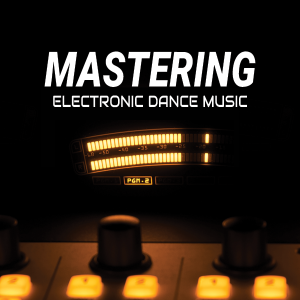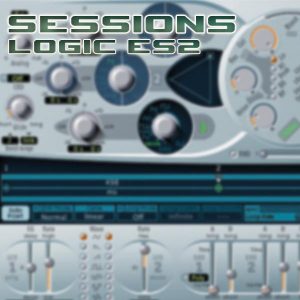Fundamental Counterpoint
£19.95
Discover the theory of musical counterpoint and how it will help you produce better bass lines, chords and lead melodies.
Fundamental: Music Theory, Counterpoint discusses and dissects the theory of counterpoint and the importance within electronic dance music. Counterpoint plays a significant role in the composition of most forms of music. If you’ve ever composed a melodic lead line (or a bassline) and wanted to produce another melody to complement the original melody – counterpoint offers a simple, yet elegant the solution. In just a few simple steps it’s possible to create numerous melodies that “work” with an original melody.
Although considered by many musicians to be one of the more complex theories, we explain its purpose and use in a simplified manner that most will be able to understand, pick up and use immediately in their music. Armed with this theory, you’ll be able to lay down the foundations musical relationships between different melodies and see how to create a working relationship between a bass and melody (rather than one following the other note for note, pitch for pitch). The techniques discussed here are employed by many artists in the EDM scene, particularly with trance artists but its also employed (somewhat unknowingly through trial and error by almost all EDM artists). Armed with this theory you’ll also be able to produce a complex musical relationship between multiple melodies.
The tutorial begins with the theory of texture, intervals and the principles of consonance and dissonance within music, we then move on to examine and describe the four types of motion and how they can be employed. With practical examples and compositions throughout, we show how to employ single, two, three and four-part counterpoint along with florid and syncopated versions, and of course, how this is all interpreted to create bass lines, harmonies, and melodies that interweave together to produce more complex and interesting, yet fluid, dance music.
Note: Counterpoint can be a complex theory to comprehend and a good understanding of music theory is essential before approaching this subject. We would strongly recommend a prior viewing of Fundamental: Music Theory Bass, Fundamental: Music Theory Harmony & Fundamental: Music Theory Melody before approaching this tutorial.
| Tutorial Format | Electronic Delivery |
|---|
Content
Runtime: 5hr 30 minutes
Introduction
An introduction to the tutorial
Session 01: Intervals and Modifiers: 16 minutes
In this first session, we revisit the theory behind intervals and examine how they can be modified.
Session 02: Melodic Intervals: 10 minutes
Here we examine the theory behind melodic intervals and their use in melodies.
Session 03: Counterpoint Motions: 10 minutes
For this session we examine the different motions available for creating counterpoint in contemporary music
Session 04: First Species: 30 minutes
Here we discuss the theory and application of the first species of counterpoint.
Session 05: First Species Pt.2: 15 minutes
Moving on from the previous session, we develop further on the theory of first species by creating a bass line from a simple lead..
Session 06: First Species Pt.3: 10 minutes
We take a look back at the rules for first species counterpoint and examine more applications.
Session 07: Second Species Counterpoint: 30 minutes
For this session we move onto second species and examine how its employed.
Session 08: Second Species Counterpoint in Minor: 20 minutes
For this session, we expand on second species and employ it in a minor key to make a note of the difference in approach.
Session 09: Third Species Counterpoint: 40 minutes
Here we examine third species and using an example file, create third species from a bass line.
Session 10: Fourth Species Counterpoint: 30 minutes
In this session we examine syncopation in counterpoint and how its employed.
Session 11: Fifth Species Counterpoint: 20 minutes
Here, we examine Florid counterpoint and how to use it to create complex bass lines and leads.
Session 12: Three and Four Part Counterpoint: 20 minutes
For this session we expand on the theory and examine how to employ counterpoint for three and four part melodies.
Session 13: Practical Example: 25 minutes
In the final session, we look at counterpoint and its use within EDM using a couple of examples.
Video
Only logged in customers who have purchased this product may leave a review.
Related products
Tutorials
Tutorials
Tutorials
Tutorials
Tutorials
Tutorials
Tutorials
Tutorials













Reviews
There are no reviews yet.